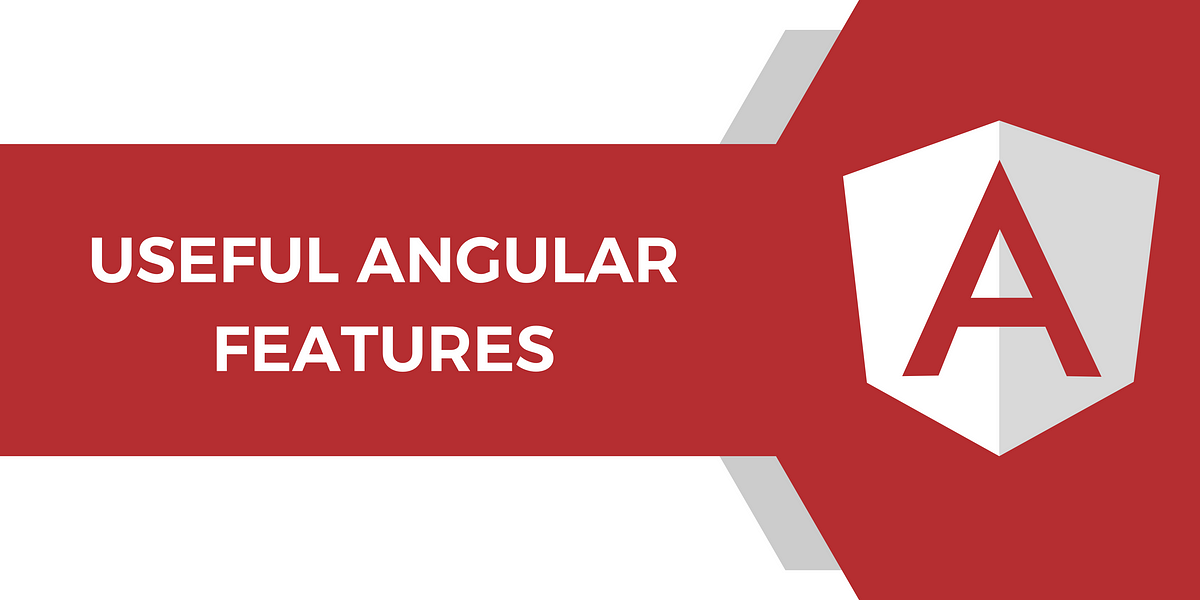Angular has established itself as one of the most powerful and widely-used frameworks for web development. Whether you’re just starting out in web development or looking to enhance your skills, learning Angular is a smart choice. But with its vast array of features, where should a fresher begin? In this blog, we’ll highlight the top 5 Angular features every fresher should know to kickstart their journey. Mastering these features will provide a strong foundation for your career in web development.
Feature 1: Component-Based Architecture
One of the most defining features of Angular is its component-based architecture. In Angular, everything is a component—small, reusable pieces of code that represent different parts of your application’s UI. Each component is self-contained, with its own logic and template, making it easier to manage and scale large applications.
For freshers, understanding the component-based structure is crucial because it lays the groundwork for building modular and maintainable code. Imagine your application as a collection of Lego blocks, where each block is a component that can be reused, combined, or replaced without affecting the rest of the application.
Example:
import { Component } from '@angular/core';
({
selector: 'app-hello-world',
template: `<h1>Hello, World!</h1>`,
styles: [`h1 { font-family: Lato; }`]
})
export class HelloWorldComponent { }
This simple component displays a “Hello, World!” message and can be easily integrated into any Angular project.
Feature 2: Two-Way Data Binding
Angular’s two-way data binding feature is a powerful tool that allows automatic synchronization between the UI and the underlying data model. This means that any changes in the UI are instantly reflected in the model, and vice versa, without the need for additional code.
For beginners, two-way data binding simplifies the development process by reducing the amount of boilerplate code required to keep the UI and model in sync. It’s particularly useful in forms, where user input needs to be captured and processed seamlessly.
Example:
<input [(ngModel)]="username">
<p>Your username is: {{ username }}</p>
In this example, the ngModel directive binds the username property to the input field. Any changes to the input field are automatically reflected in the username property, and the updated value is displayed in real-time.
Feature 3: Angular CLI (Command Line Interface)
The Angular CLI (Command Line Interface) is a must-know tool for any Angular developer, especially freshers. The CLI simplifies the process of creating, building, and maintaining Angular applications by providing a set of powerful commands that automate many tasks.
With the Angular CLI, you can quickly generate new projects, components, services, and more, all from the command line. This not only speeds up development but also ensures that your code follows best practices.
Key Commands:
ng new my-app: Creates a new Angular project.ng serve: Runs the application in development mode.ng generate component my-component: Generates a new component.
Getting Started:
If you’re new to Angular, the CLI is your best friend. Start by running ng new my-app to create your first Angular project, and then use ng serve to see it in action. This is often the first step in any Angular tutorial for beginners.
Feature 4: Dependency Injection in Angular
Dependency injection in Angular is a design pattern that allows you to inject dependencies (services, for example) into components, making them more modular and testable. Instead of components creating dependencies themselves, they receive them from an external source, known as an injector.
This feature is particularly important for freshers because it encourages writing clean, maintainable, and testable code. By using dependency injection, you can easily swap out services or mock them in unit tests, making your codebase more flexible and robust.
Example:
import { Injectable } from '@angular/core';
({
providedIn: 'root',
})
export class DataService {
getData() {
return ['Data1', 'Data2', 'Data3'];
}
}
import { Component, OnInit } from '@angular/core';
import { DataService } from './data.service';
({
selector: 'app-data-list',
template: `<ul><li *ngFor="let item of data">{{ item }}</li></ul>`,
})
export class DataListComponent implements OnInit {
data: string[];
constructor(private dataService: DataService) {}
ngOnInit() {
this.data = this.dataService.getData();
}
}
In this example, the DataService is injected into the DataListComponent using Angular’s dependency injection mechanism. This makes the component more modular and easier to test.
6. Feature 5: Angular Routing
Angular’s routing module is a powerful feature that enables developers to build single-page applications (SPAs) with ease. Angular routing allows you to navigate between different views or pages in your application without reloading the entire page.
Understanding Angular’s routing is essential for freshers because it plays a critical role in building user-friendly web applications. With routing, you can define routes, pass parameters, and even lazy-load modules to improve performance.
Example:
import { NgModule } from '@angular/core';
import { RouterModule, Routes } from '@angular/router';
import { HomeComponent } from './home/home.component';
import { AboutComponent } from './about/about.component';
const routes: Routes = [
{ path: '', component: HomeComponent },
{ path: 'about', component: AboutComponent },
];
({
imports: [RouterModule.forRoot(routes)],
exports: [RouterModule]
})
export class AppRoutingModule { }
In this example, routing is set up to navigate between the HomeComponent and AboutComponent based on the URL path.
7. Bonus: Additional Angular Features to Explore
While the features mentioned above are crucial, there are several other Angular features worth exploring as you advance in your learning journey. These include reactive forms, the HTTP client for making API calls, and Angular animations. Each of these features adds more power and flexibility to your development process, and mastering them will further enhance your skill set.
8. Conclusion
Mastering these top 5 Angular features—component-based architecture, two-way data binding, Angular CLI, dependency injection in Angular, and Angular routing—will give you a strong foundation in Angular development. As a fresher, focusing on these features will not only make you proficient in Angular but also prepare you for building complex, scalable applications.




